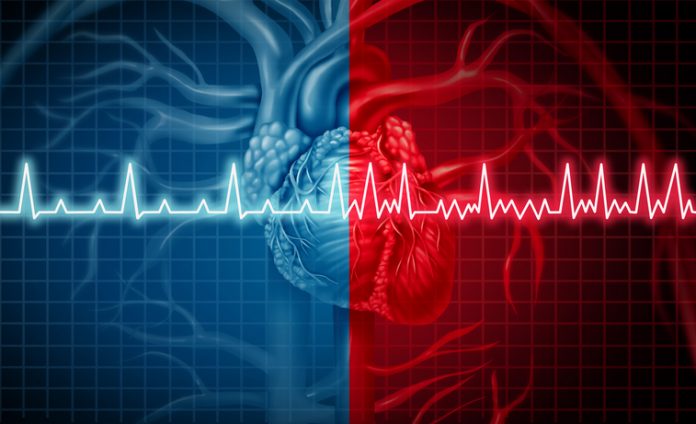
New research from the Brigham and Women’s Hospital investigators has provided new details on different levels of cardiac risks for patient who receive radiation therapy to treat non-small cell lung cancer (NSCLC). The study, published in JACC: CardioOncology, leveraged artificial intelligence (AI) to uncover how different radiation doses impact specific heart structures and contribute to various cardiac arrhythmia risks.
“Radiation exposure to the heart during lung cancer treatment can have very serious and immediate effects on a patient’s cardiovascular health,” said Raymond Mak, MD, the corresponding author and a member of the Department of Radiation Oncology at Brigham and Women’s Hospital. “We are hoping to inform not only oncologists and cardiologists but also patients receiving radiation treatment about the risks to the heart when treating lung cancer tumors with radiation.”
Lung cancer, particularly NSCLC, can necessitate radiation therapy close to or around the heart. This proximity can lead to unintentional radiation damage to cardiac structures, increasing the risk of arrhythmias—irregular heart rhythms. While previous studies have highlighted general cardiac risks, the new research provides a deeper, more nuanced look at how different radiation thresholds affect specific cardiac structures and their susceptibility to arrhythmias.
For their work, the Brigham team analyzed medical records of 748 patients treated for locally advanced NSCLC who had received with radiation therapy. The researchers cataloged different types of arrhythmias such as atrial fibrillation, atrial flutter, other supraventricular tachycardia, bradyarrhythmia, and ventricular tachyarrhythmia or asystole. Their findings show that about one in six patients in the study experienced at least one severe arrhythmia, with a median onset of two years after treatment. “Grade 3 classifications are considered serious events that likely need intervention or require hospitalization,” said Mak. Further, nearly one-third of those with arrhythmias also faced major adverse cardiac events.
“An interesting part of what we did was leverage artificial intelligence algorithms to segment structures like the pulmonary vein and parts of the conduction system to measure the radiation dose exposure in over 700 patients,” Mak continued. “This saved us many months of manual work. So, not only does this work have potential clinical impact, but it also opens the door for using AI in radiation oncology research to streamline discovery and create larger datasets.”
This study builds on the growing recognition of artificial intelligence’s role in healthcare, particularly in enhancing the precision and efficiency of personalized treatments. By using AI to better understand and predict the risks of cardiac arrhythmias, the researchers hope to improve patient outcomes and inform future treatment protocols. “The emergence of artificial intelligence tools in healthcare has been groundbreaking and has the potential to positively reshape the continuum of care, including informing treatment plans for patients with cancer,” noted a spokesperson from Mass General Brigham.
According to Mak, the Brigham team hopes their new study can serve as a springboard for much closer collaboration between oncologists and cardiologists as part of the treatment regimen for patients with lung cancer to assess arrhythmia risks. This would include future work that could more precisely determine the minimum needed radiation exposure needed to both effectively treat the cancer while minimizing risk to cardiac regions.





